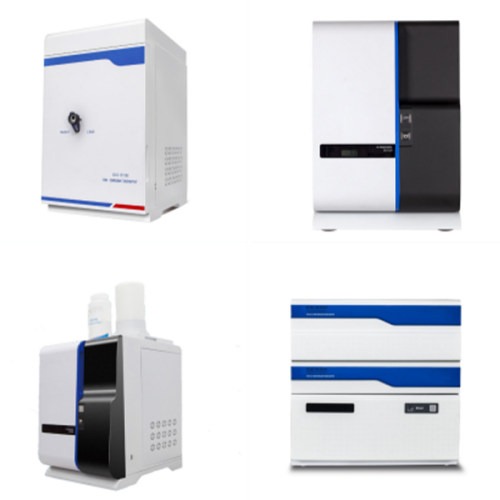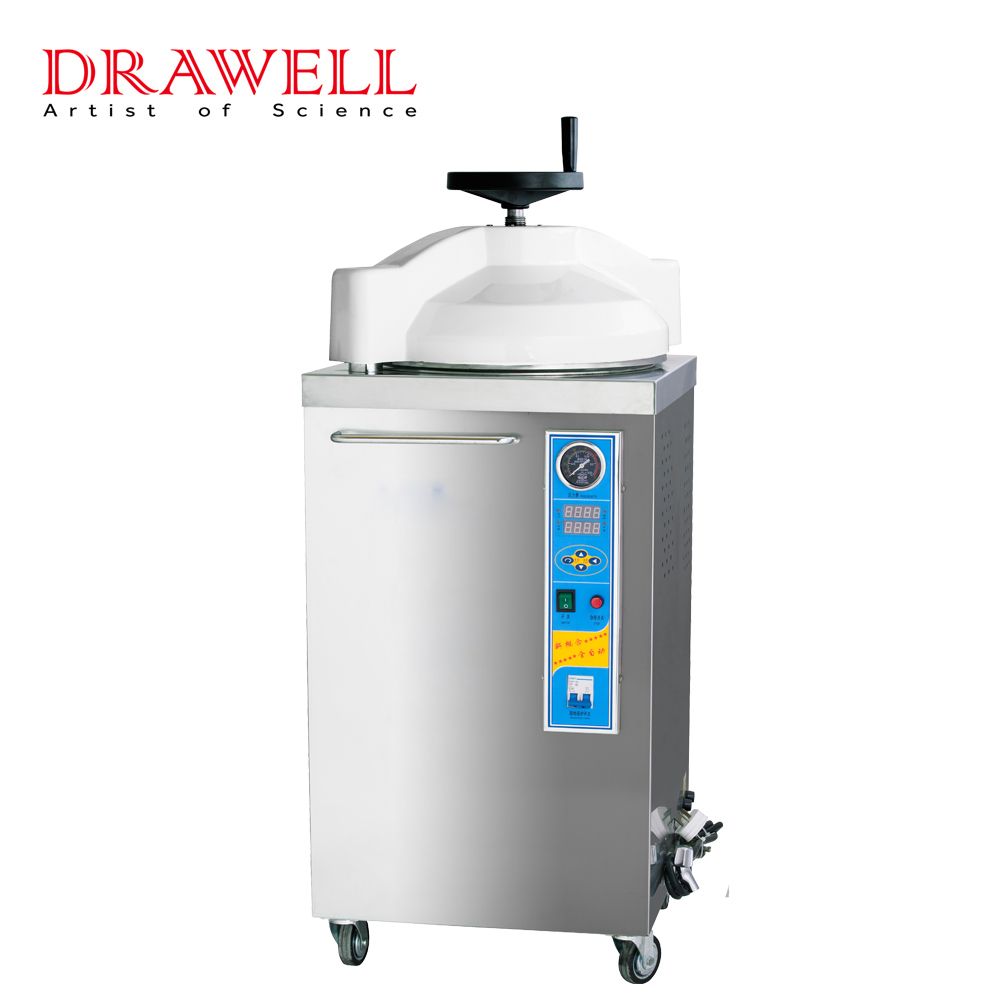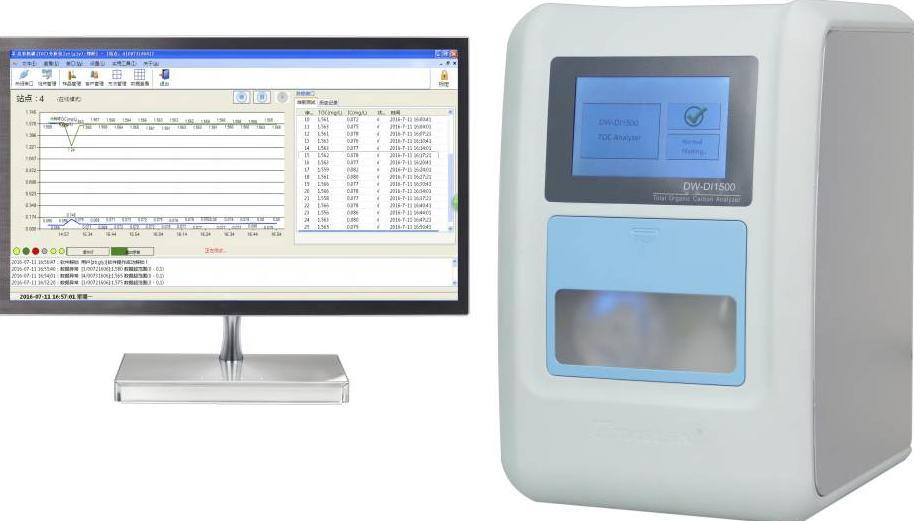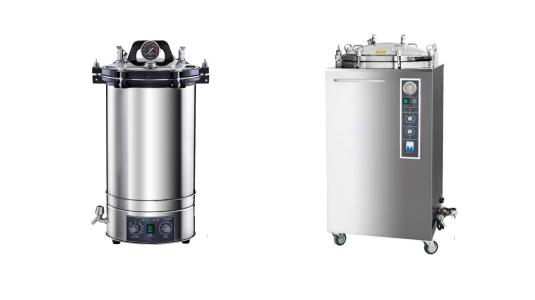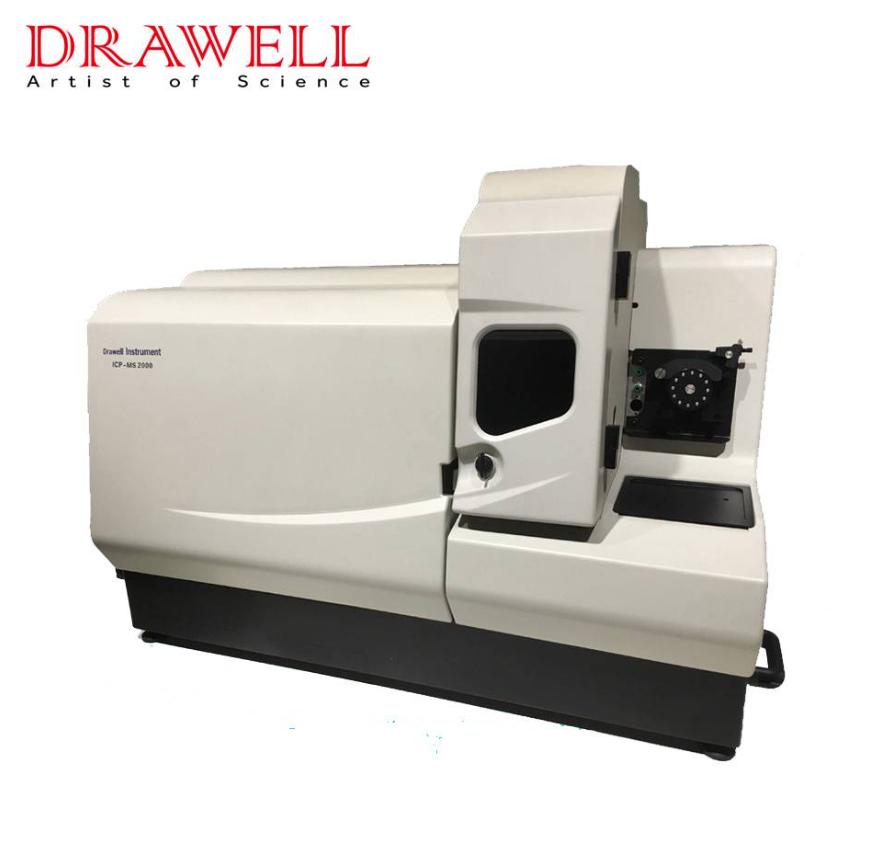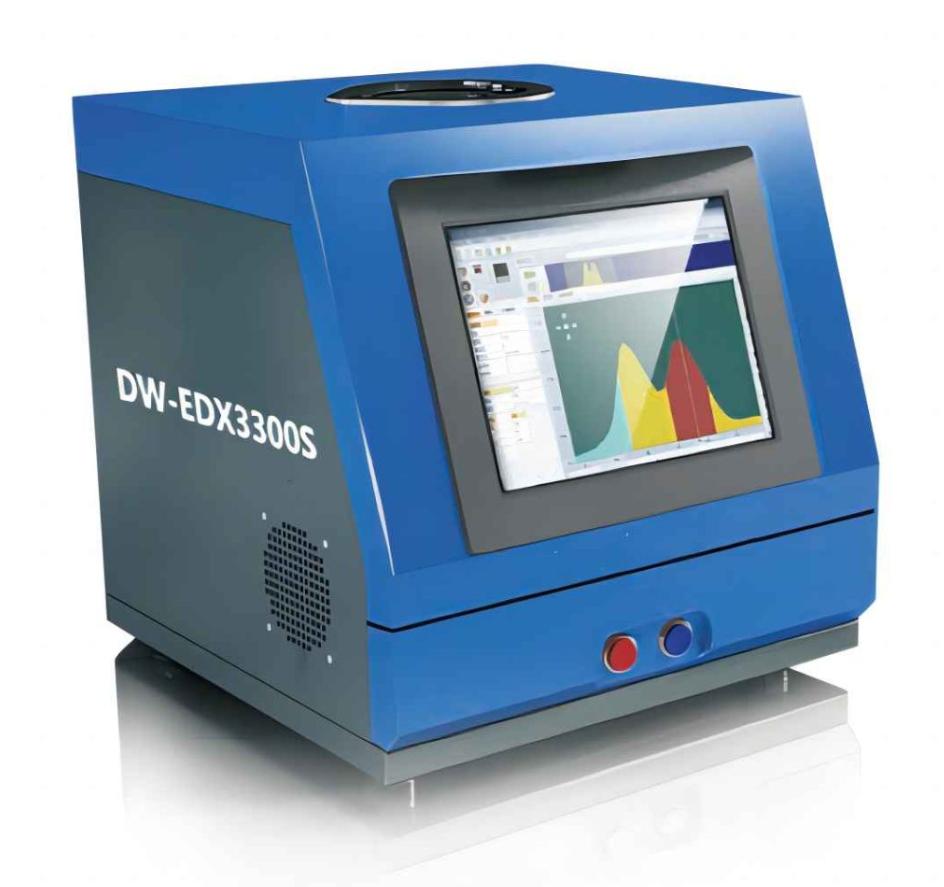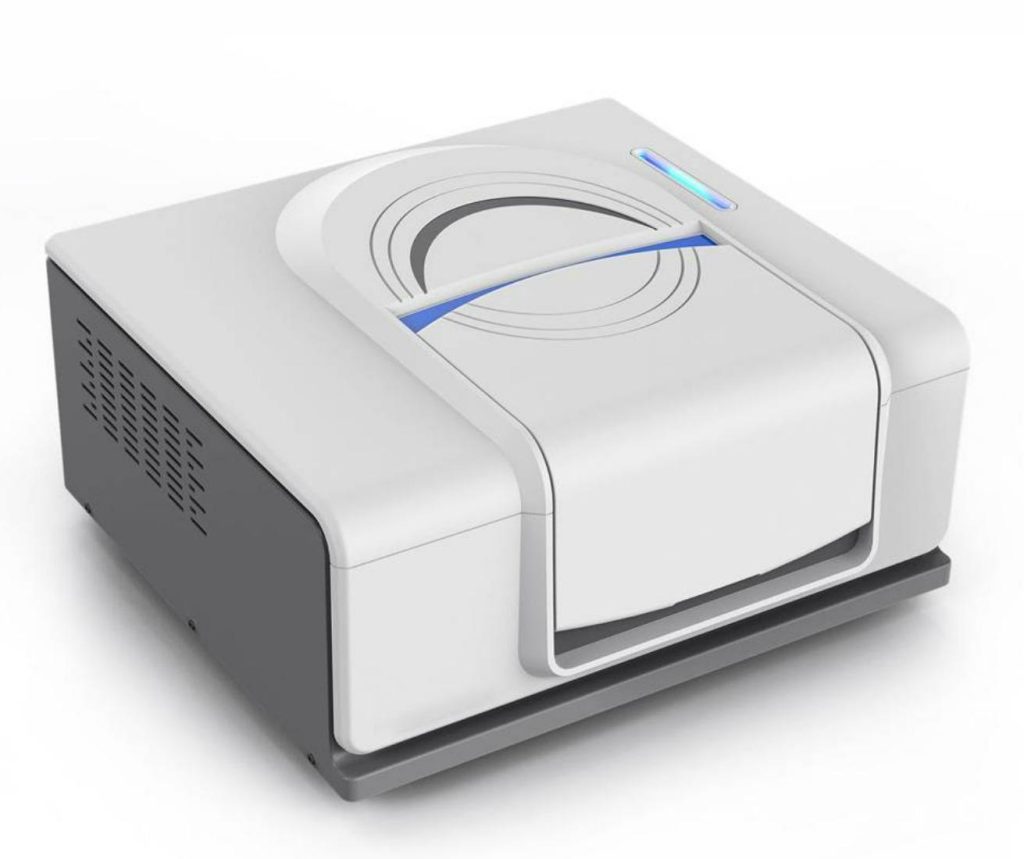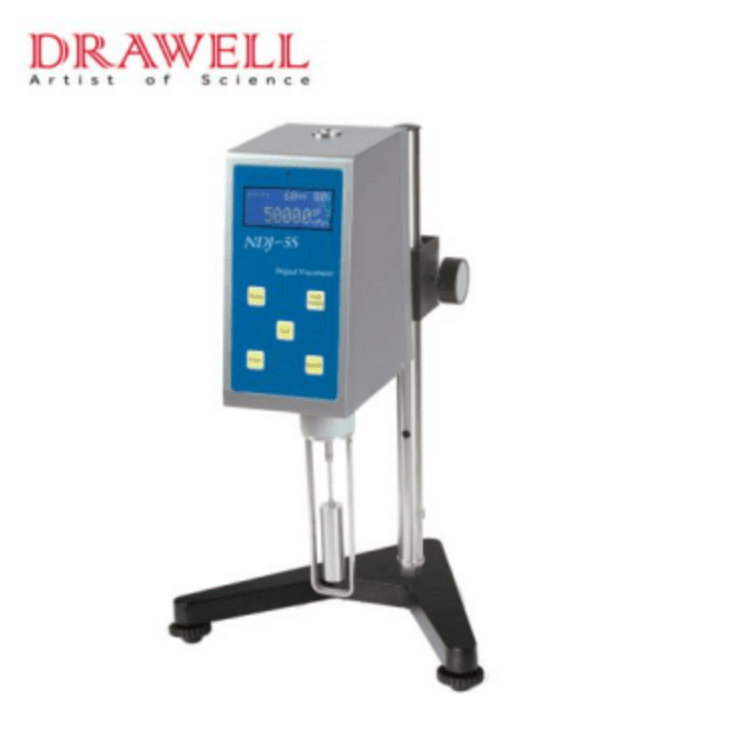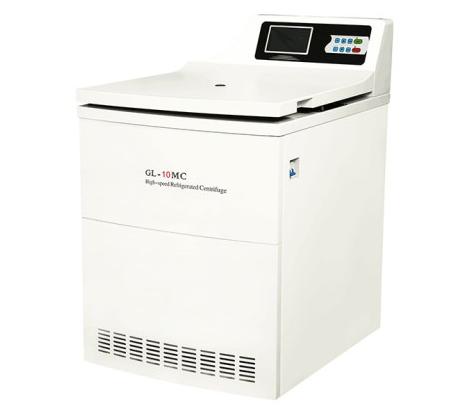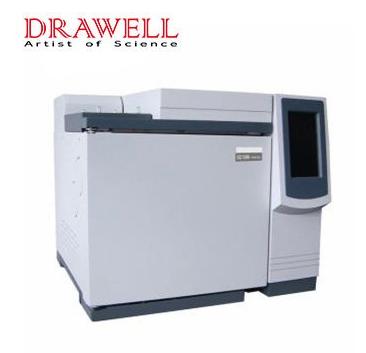News
How Does a Chromatography Work
Chromatography is a common analytical technique for separating and identifying the constituents of a mixture. It is commonly used to study complex mixtures and identify specific components in domains such as chemistry, biology, and medicine. This article focuses on how does a chromatography work. Principle Of a Chromatography Chromatography works on the differential partitioning principle, which states…
How to Use An Autoclave Effectively: Best Guide to Operate for Sterilization
Autoclaves are crucial machines in a variety of industries where sterilization is critical, such as healthcare, laboratories, and manufacturing. High-pressure steam is used in these devices to kill bacteria, viruses, fungi, and other microbes, ensuring the safety and integrity of equipment, instruments, and materials. However, running an autoclave necessitates meticulous attention to detail in order to…
How TOC Analyzer Analyze Liquid Samples
Liquid analysis plays a vital role in various industries, ensuring the quality, safety, and compliance of liquid samples. Total Organic Carbon (TOC) analysis is a widely used technique for quantifying the organic carbon content in liquid samples. TOC analyzers provide valuable insights into the concentration of organic carbon, aiding in environmental monitoring, water treatment, pharmaceutical manufacturing,…
Vertical Autoclave VS Portable Autoclave: Differences and How to Choose
Autoclaves play a crucial role in ensuring effective sterilization in various industries and fields. They are widely used in medical facilities, laboratories, research centers, and even in the food industry. When it comes to selecting an autoclave, two common options are vertical autoclave and portable autoclave. Each type has its own set of features and benefits, making…
2 Key Points to Know What Is ICP-MS: Working Principle and Applications
In the world of analytical chemistry, Inductively Coupled Plasma Mass Spectrometry (ICP-MS) has emerged as a powerful and versatile technique for elemental analysis. With its ability to simultaneously detect and quantify multiple elements with high sensitivity and precision, ICP-MS has become an indispensable tool in a wide range of scientific disciplines and industries. From environmental monitoring to…
How Does a Sulfur Analyzer Work
Sulfur analysis is a crucial aspect of various industries, ranging from petroleum and environmental monitoring to pharmaceuticals and agriculture. Accurate measurement of sulfur content in samples is essential for quality control, compliance with regulations, and process optimization. Sulfur analyzers, equipped with advanced technologies and precise detection systems, play a pivotal role in achieving reliable sulfur analysis….
2 Key Points to Know What Are Fourier Transform Infrared (FTIR) Spectrometers: Working Process and 5 Applications
Fourier Transform Infrared (FTIR) Spectrometers are sophisticated scientific instruments that have revolutionized the analysis of the infrared region of the electromagnetic spectrum. These instruments utilize the principles of Fourier Transform spectroscopy to provide valuable insights into the chemical composition, molecular structure, and functional groups of a wide range of materials. With their versatile working process and…
What Are the Common Types of Digital Viscometer
Viscosity, the measure of a fluid’s resistance to flow, is a crucial property in various industries, ranging from pharmaceuticals to food and beverages. To accurately determine viscosity, digital viscometers have emerged as essential tools in modern laboratories and industrial settings. These advanced instruments utilize electronic sensors and cutting-edge technology to provide precise and real-time viscosity measurements….
4 Key Points to Know How a Centrifuge Work
A centrifuge is a vital laboratory tool that is utilized for a wide range of scientific, medical, and industrial purposes. Centrifugal force is used by these powerful devices to separate and analyze distinct components inside a sample. Centrifuges generate enormous gravitational forces by spinning samples at high speeds, resulting in the separation of components depending on…
What Affects Retention Time in Gas Chromatography
Gas chromatography (GC)is a popular analytical technique for separating and analyzing volatile chemicals in a sample. The basic idea behind GC is that sample components are partitioned differently between a stationary phase and a mobile phase, which is commonly a carrier gas. The retention time, which refers to the time it takes for a molecule…


